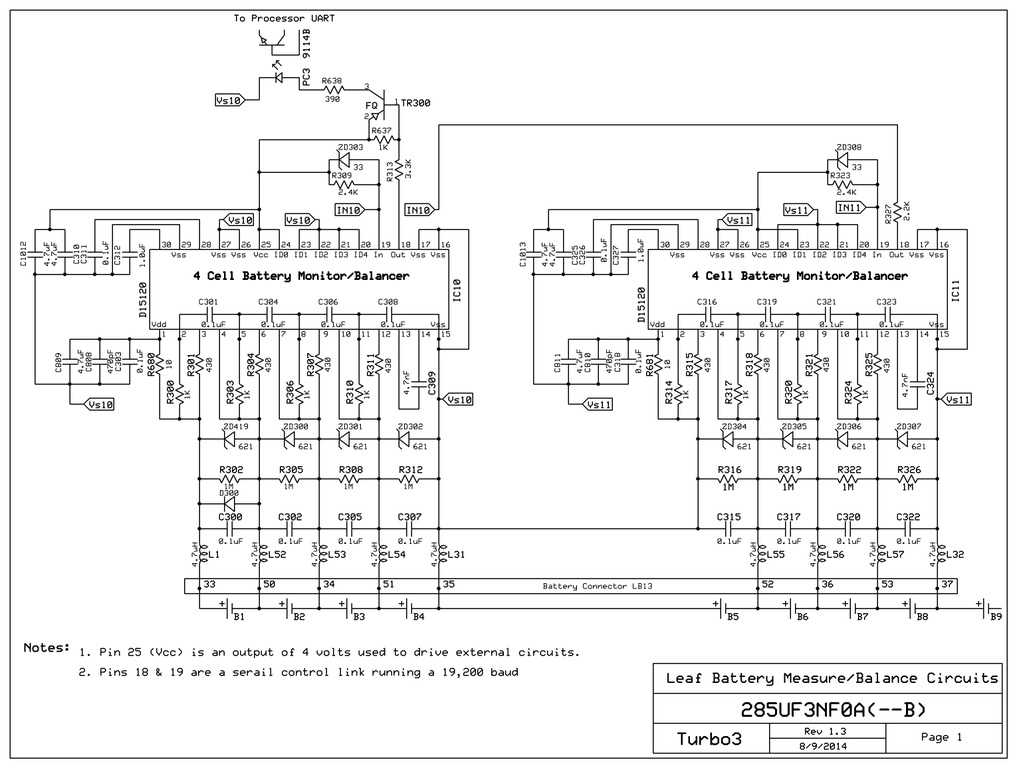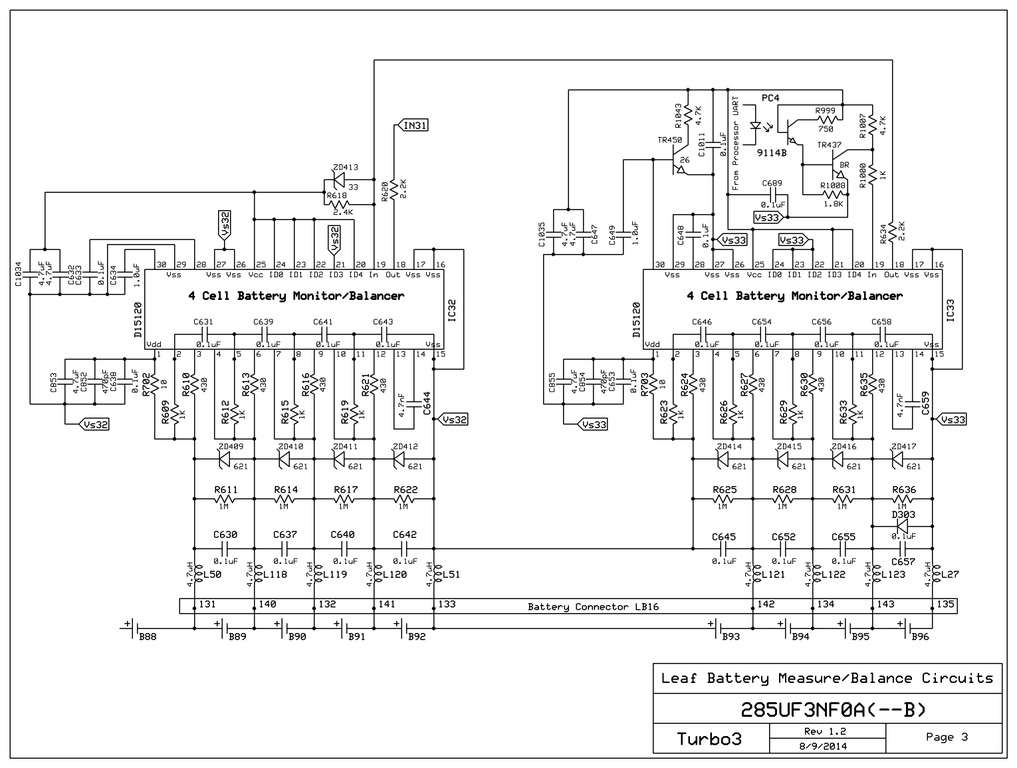We made it through the winter.
Since the car is kept inside, the heated seats were plenty to make it winter driveable as we did not need to scrape the windows.
Cruise control is up and functional on the original VW cruise stalk. Works just like the original car but better. Set and Cancel as expected, brake tap cancel as expected, + now gives 5mph increase like new VW models. Tap the accel pedal to cancel and engage regen as expected.
The radio has had a $6 Bluetooth receiver added inside it, place a CD in the player that is one 67 minute blank track, the CD player turns on, the 5v logic in the CD player turns on the BT chip which then seeks the kids phone and they can stream music via the CD audio inputs overplaying the blank playing disc. I think the idea and implementation are very slick although I do not approve of phone use while driving.
Extra bonus, we have taken this technique and applied it to two OLD VW's and without Android Auto the GPS directions play in my car via the speakers. GREAT!
A bent tierod and groaning front right wheel bearing have been replaced.
The headlights have been re-aimed accounting for the added rear battery weight.
The too dark window tint from the previous owner has been negotiated. We removed the lower half of the tint on the front windows. Lots of discussion happened here, I think it looks fine and works great providing sunshade while driving AND allowing clear view to the side mirrors and side of vehicle. Others think it looks less than fine. Function before form.
The transmission linkage rod lengths have been adjusted per VW specs after a bit of difficulty getting into reverse and second gear. problem solved.
The VW computer harness has been re-wrapped minus all the engine management wires. We attempted to output a pulse-train from the new computer into the VW ECM such that the motor RPM would appear on the dashboard RPM gauge, we found that the VW ECM was smarter than us and recognizes the other engine inputs are not correct and then shuts off the RPM gauge output. So until we input directly to the gauge motor we will not have RPMs in the dash. Either way we have come to the conclusion that 2nd is good for in town and up to 55mph, on the highway we use 3rd.
Going into this project we wanted to know why the Big 3 did not produce an electric. We did not know if we would ever complete, but we figured we would learn a lot along the way. The conclusion we have come to is, electric is completely viable for ALL sizes of city commuting, with continued battery development and a SLIGHT shift of travel mentality fossil fuel vehicles should go by the wayside for ALL daily family uses and many work uses too. Long family vacations should consider rental fleet vehicles, or more rest stops at interesting places for an hour or two along the way.
All told we have spent ~$9000 including the vehicle on this project and have come away with a daily driver, several college diplomas, and great offers to enter industry for the graduates. I deem this project not quite complete yet as the charging circuit needs a bit more programming, but overall a success.
What's next?


















































